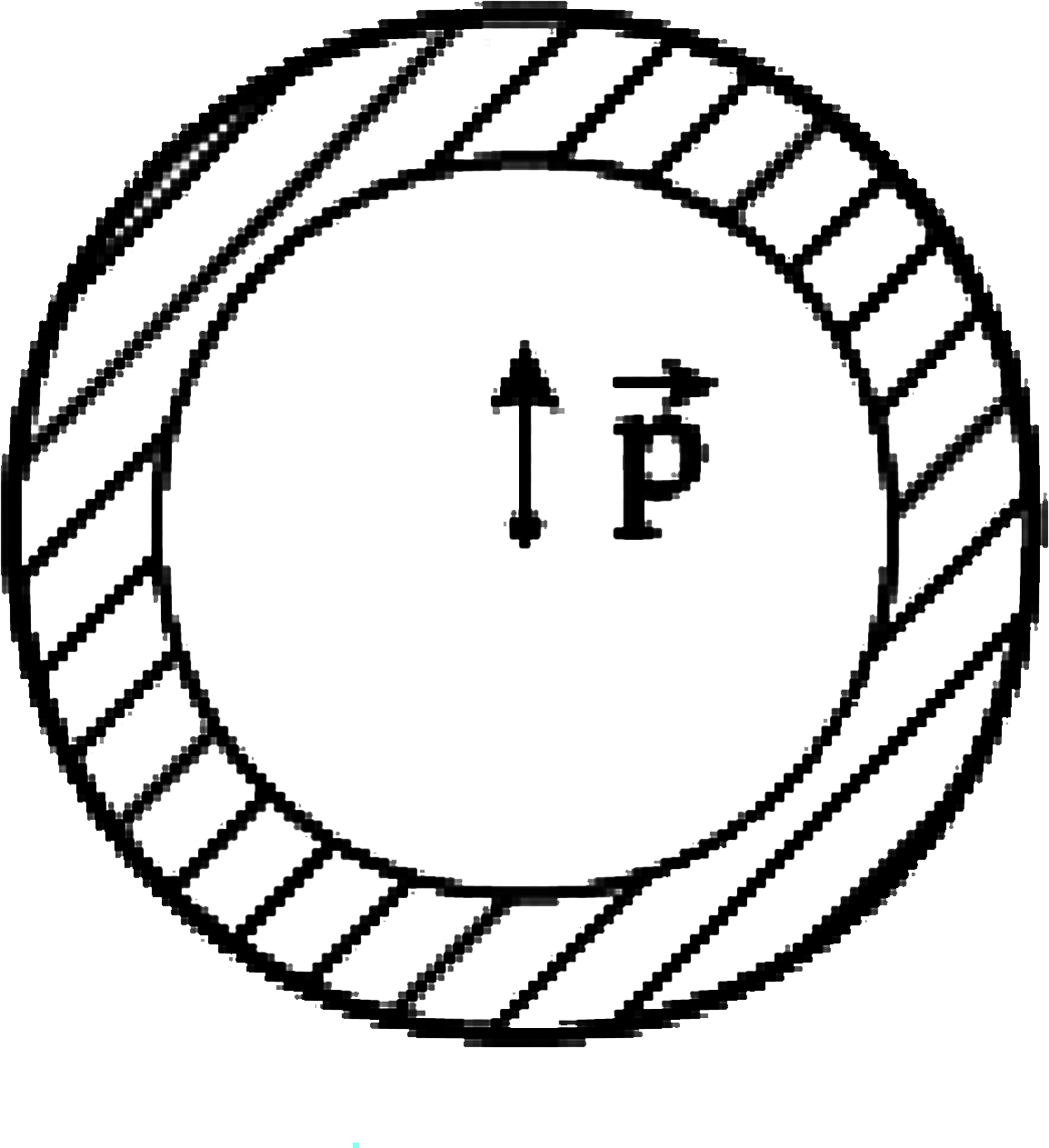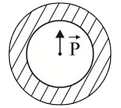All charge on a conductor must reside on its outer surface.' This statement is true
in all case
for sphereical conductors only (Both solid and hollow)
for hollow spherical conductors only
for conductors which do not have any sharp points or corners
The correct Answer is:A
Step by step video & image solution for All charge on a conductor must reside on its outer surface.' This statement is true by Physics experts to help you in doubts & scoring excellent marks in Class 12 exams.
Updated on:21/07/2023Topper's Solved these Questions
- ELECTROSTATICSBOOK - DC PANDEY ENGLISHCHAPTER - ELECTROSTATICSEXERCISE - Assertion and Reason
15 Videos
- ELECTROSTATICSBOOK - DC PANDEY ENGLISHCHAPTER - ELECTROSTATICSEXERCISE - Match the columns
5 Videos
- ELECTROSTATICSBOOK - DC PANDEY ENGLISHCHAPTER - ELECTROSTATICSEXERCISE - Check point 1.5
20 Videos
- ELECTROSTATIC POTENTIAL AND CAPACITORSBOOK - DC PANDEY ENGLISHCHAPTER - ELECTROSTATIC POTENTIAL AND CAPACITORSEXERCISE - (C) Chapter exercises
50 Videos
- GRAVITATIONBOOK - DC PANDEY ENGLISHCHAPTER - GRAVITATIONEXERCISE - All Questions
135 Videos
Similar Questions
Assertion: All the charge in a conductor gets distributed on whole of its outer surface.
Reason: In a dynamic system, charges try to keep their potential energy minimum.
View SolutionIt is said that any charge given to a conductor comes to its surface. Should all the protons come to the surface? Should all the electrons come to the surface? Should all the free electrons come to the surface?
View SolutionAll points of a conductor are always at same potential, is this statement true of false?
View SolutionA hollow spherical conductor of radius r potential of 100 V at its outer surface. The potential inside the hollow at a distance ofr2 from its centre is
View Solution"The value of g remains same at all places on the earth surface'. Is this statement true ? Give reason for your answer.
View SolutionThe hollow surface of a concave mirror is silvered, such that its outer surface acts as reflecting surface.
View SolutionStatement-1: When a charged particle is placed in the cavity in a conducting sphere, the induced charge on the outer surface of the sphere is found to be uniformly distributed.
Statement-2 : Conducting surface is equipotential surface.
View SolutionConsider two concentric conducting spheres. The outer sphere is hollow and initially has a charge −7Q on it. The inner sphere is solid and has a charge +2Q on it.
a. How much charge is on the outer surface and inner surface of the outer sphere.
b. If a wire is connected between the inner and outer sphere, after electrostatic equilibrium is established how much total charge is on the outer sphere? How much charge is on the outer surface and inner surface of the outer sphere? Does the electric field at the surface of the inside sphere change when the wire is connected?
c. We return to original condition in (a). We now connect the outer sphere to ground with a wire and then disconnect it. How much total charge will be on the outer sphere? How much charge will be on the inner surface and outer surface of the outer sphere?
View Solution
Shown in the figure is a shell made of a conductor. It has inner radius a and outer radius b, and carries charge. Q at its centre is a dipole →p shown in this case:
View SolutionShown in the figure is a shell made of a conductor. It has inner radius a and outer radius b, and carries charge Q, At its centre is a dipole as show. In this case:

View Solution
